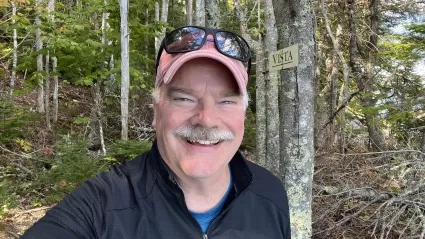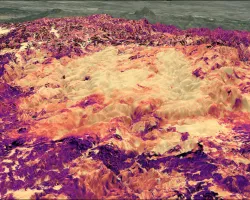This Phase I study effort will begin the process of increasing exposure of NASA’s Wildland Fire Management Program and data with the Moraga-Orinda Fire District in California by using GeoCollaborate, a NASA SBIR Phase III innovation that enables access and sharing of disparate trusted data, as web services, to multiple followers in a real-time collaborative environment.
Introducing GeoCollaborate to the Moraga-Orinda Fire District will help MOFD address key issues that they have when fighting fires. Not all wildfires are bad as they help restore the ecosystem as nature intends. We will be identifying various GIS-ready products from NASA’s Actionable Fire Science Information Hub and other federal agencies that can help MOFD communicate why some fires are left to burn while others are extinguished. We will also gather input on how GeoCollaborate can be used to connect trusted data with communities.
To leverage expertise across government, academia and the private sector the PI will work with ESIP to initiate a Wildfire Cluster to invite anyone interested in bringing their talents to the table to address MOFD, and other fire district’s wildfire challenges. The societal benefits are clear, better understanding and use of trusted data by MOFD will improve community situational awareness of wildfire events externally and internally can lead to improved strategies that may save lives and property. This study will begin to address five key pillars that are identified below:
- Establish an instance of GeoCollaborate to build capacity and engage users;
- Local outreach and capacity building within Moraga-Orinda Fire District;
- Assess data & needs within the Moraga-Orinda Fire District;
- Determine what needs to be done to increase local capacity in wildfire community;
- Establish a Wildfire Cluster within ESIP during the Jan 2023 meeting
We anticipate implementing what we find in Phase I during Phase II and connect more communities with trusted NASA and other federal data.


